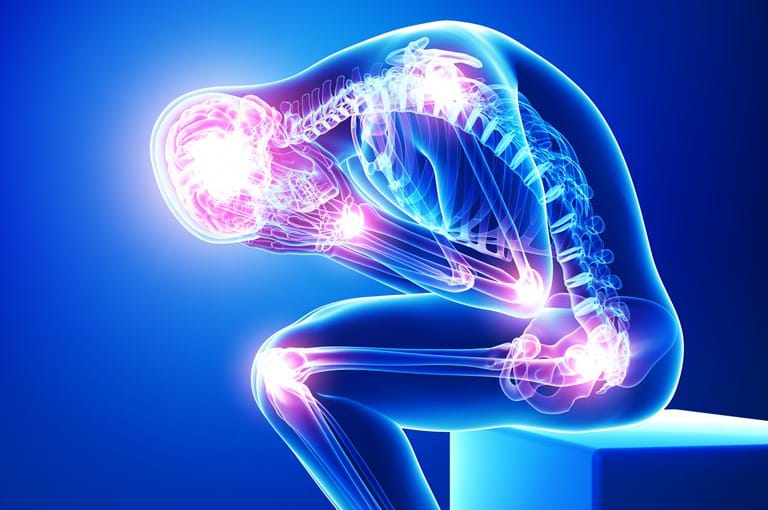
Fibromyalgia is defined by pain and tenderness throughout your body, as well as fatigue.People with fibromyalgia tend to have a heightened sense of pain. This feeling is sometimes described as a constant muscle ache.
It is often considered a rheumatic, or “arthritis-like,” disorder. But unlike arthritis and certain related conditions, it doesn’t cause damage to joints, muscles, or other tissues. Fibromyalgia isn’t a progressive disease, which means that it won’t steadily worsen over time.
There’s no cure for fibromyalgia, but treatments are available that may help relieve symptoms and improve your quality of life.
Most people with fibromyalgia are diagnosed between ages 20 and 50, with symptoms typically showing up months or even years beforehand. Even children can have fibromyalgia.But the incidence of the condition rises with age, so that by age 80, 8 percent of people meet the criteria for fibromyalgia.
Treatment for Fibromyalgia
Fibromyalgia is often best treated with a combination of approaches. For some people, certain types of prescription medication can help to reduce symptoms. For others, drugs have little effect, and for everyone, drugs have side effects that must be balanced with potential benefits.
According to the American College of Rheumatology, physical exercise is the most effective treatment for fibromyalgia. Gentle stretching and aerobic exercise can relieve pain and also prevent deconditioning, or getting weaker from lack of exercise. Exercise can also improve sleep. Working with a physical or occupational therapist can be helpful in getting started with an exercise regimen.
Some other lifestyle approaches that may improve fibromyalgia symptoms include stress reduction, not smoking, following a healthy diet, losing weight if you’re overweight, and establishing good sleep habits.

Post a comment